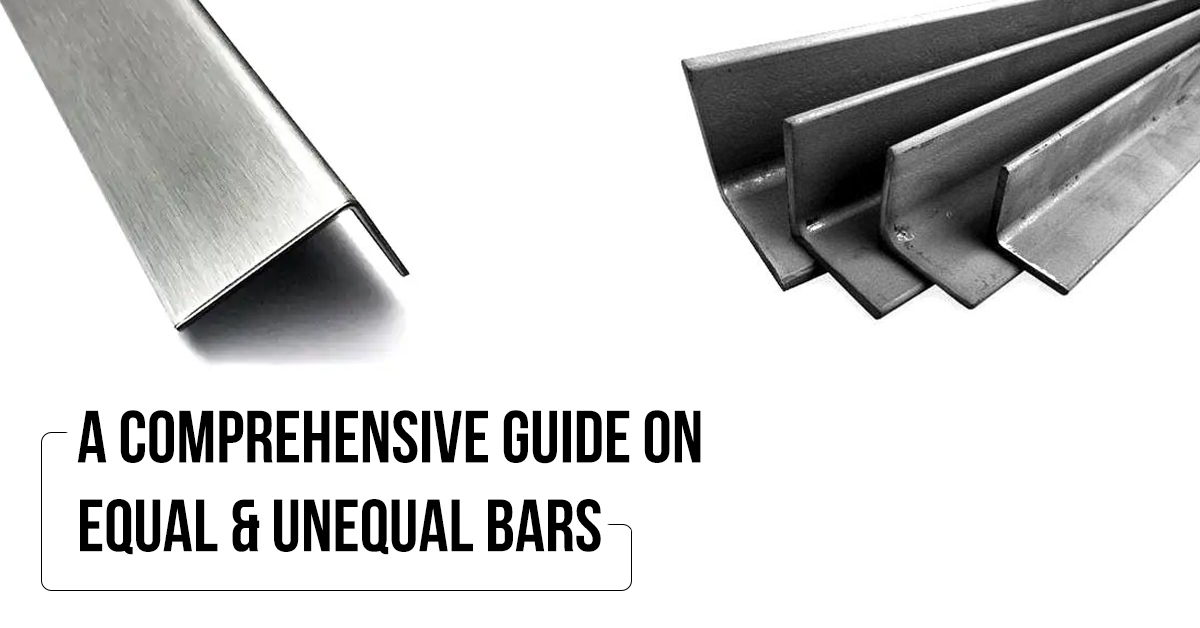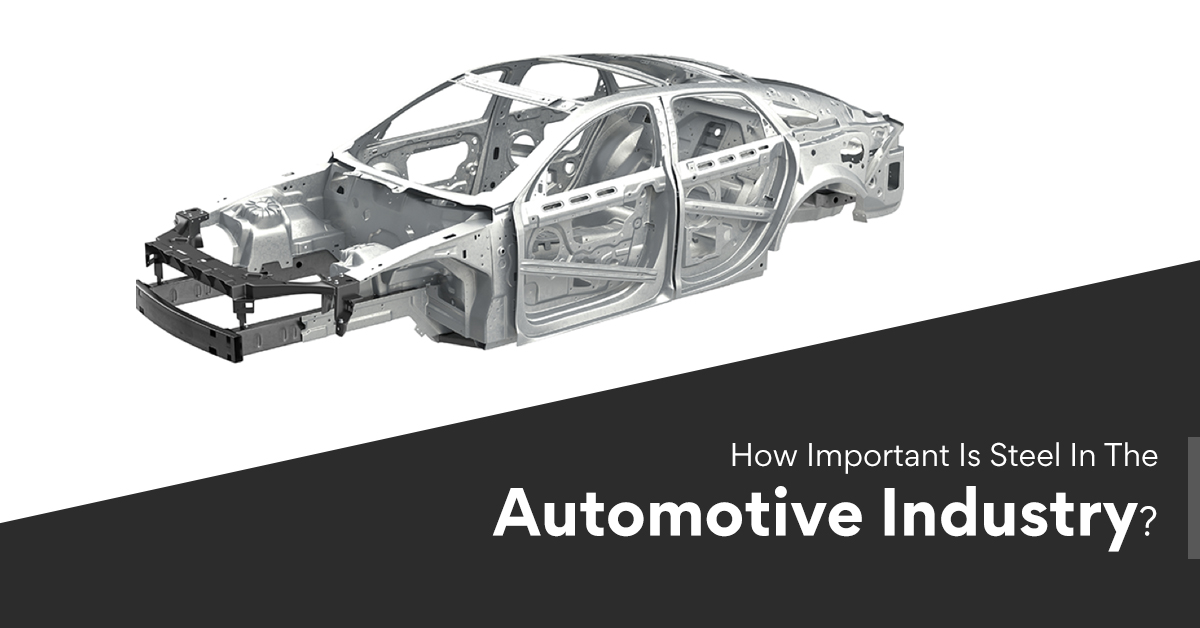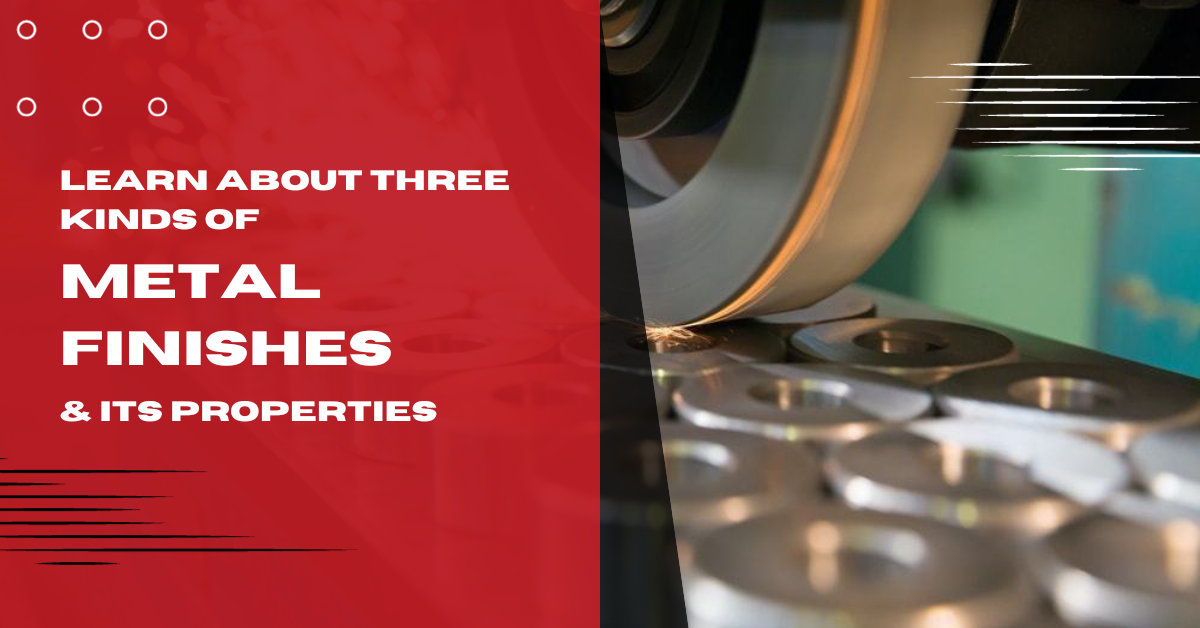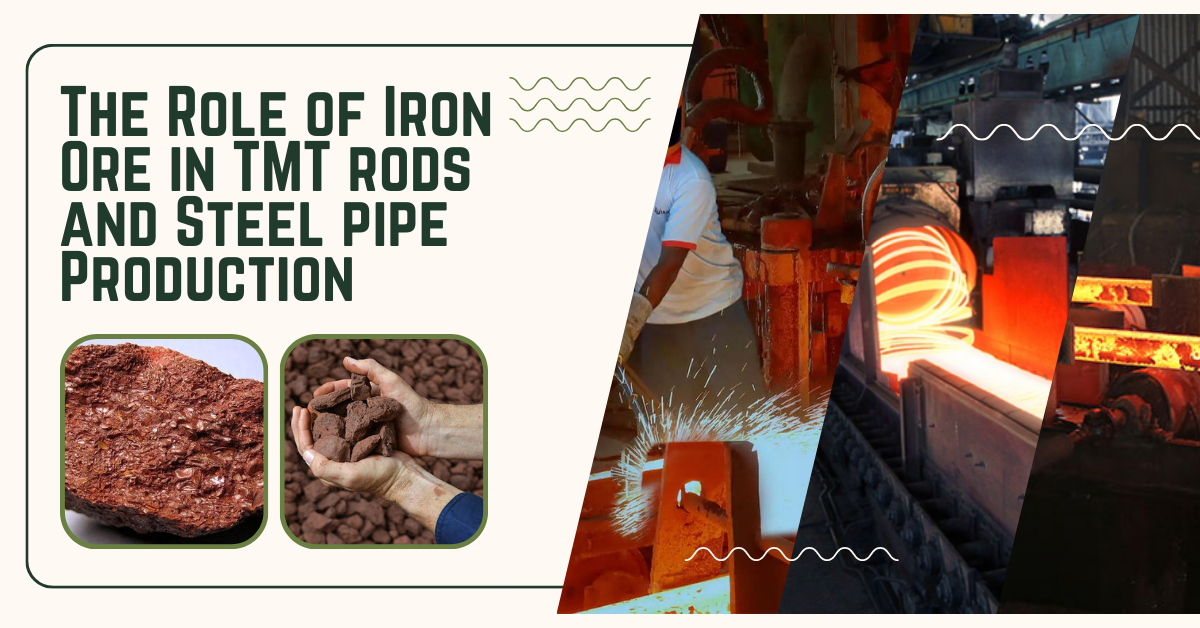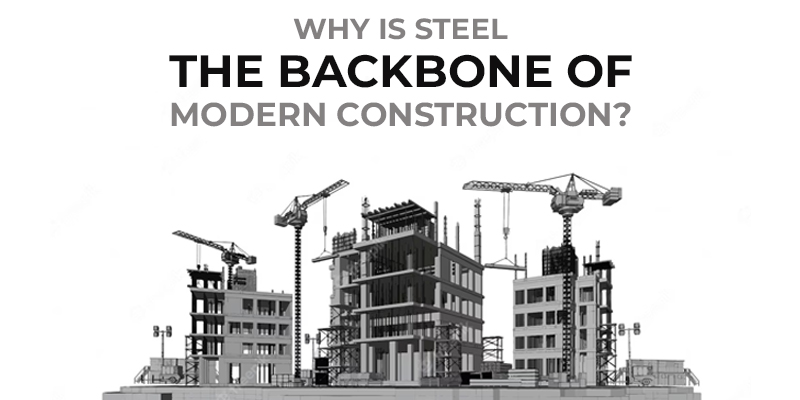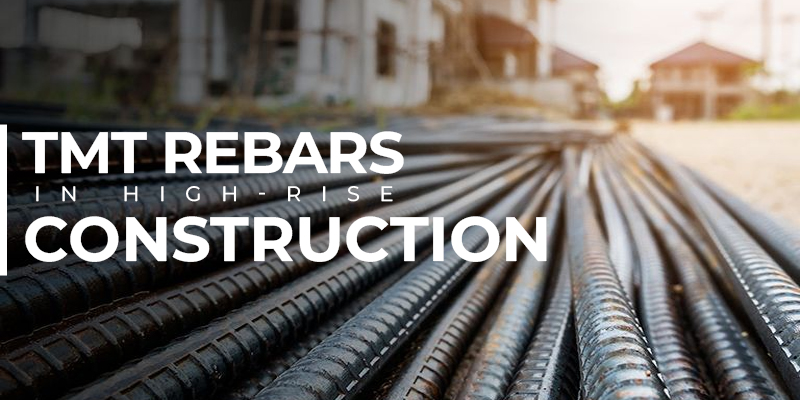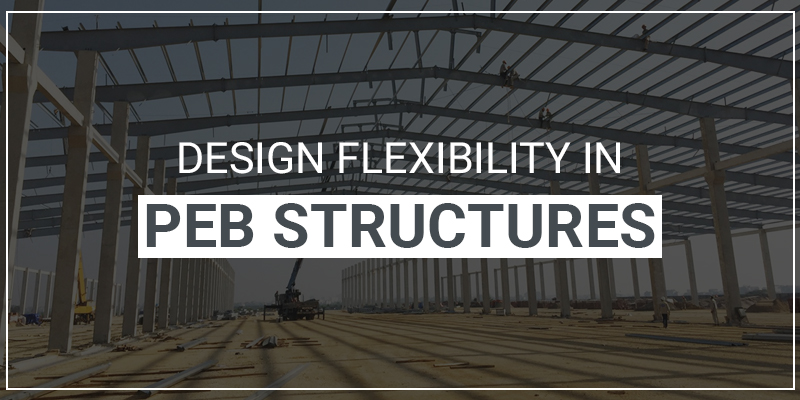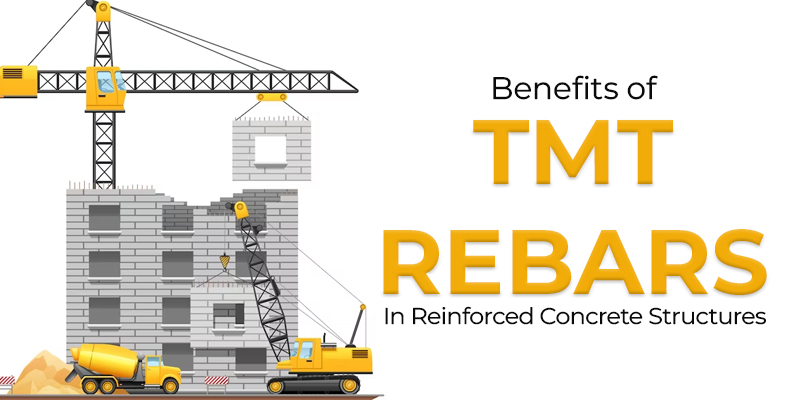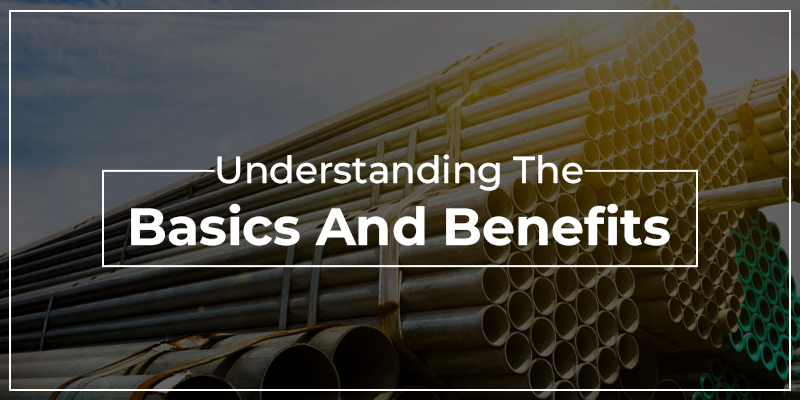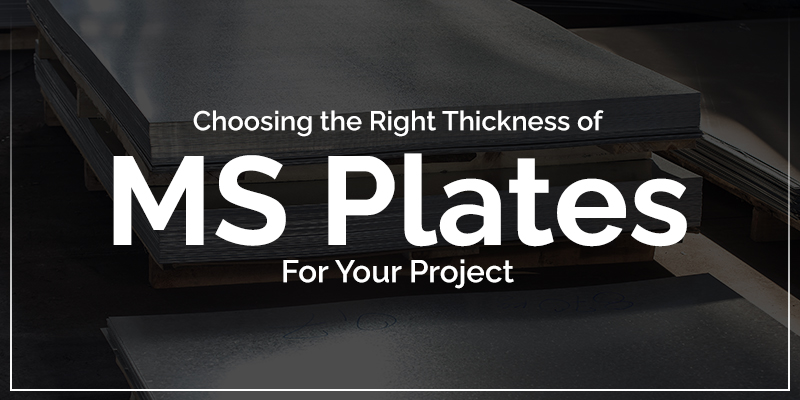Elementary substances such as angle bars can significantly impact construction and engineering. Although equal angle bars and unequal angle bars may appear similar at first glance, they possess crucial differences that hold significance across a range of applications. This blog explores the variances between equal and unequal angle bars, shedding light on their unique attributes and respective roles in construction and engineering.
Structural Uses & Applications:
Equal angle bars, known for their precisely matched leg lengths and right angles, play a fundamental role in symmetry and consistency applications. These bars along with SAIL TMT bar are essential for constructing frames, delivering strong support, and guaranteeing uniform load distribution in symmetrical designs.
On the other hand, unequal angle bars are utilized when there is a need for a more sophisticated solution in response to architectural and load-bearing demands. These adaptable bars shine when it is essential to adjust angles and leg lengths to address complex design and load-bearing issues. Unequal angle bars can be seamlessly incorporated into projects that involve features like stairs, ramps, and roof trusses, making the integration effortless.
Angle & Leg Length:
Equal angle bars epitomize geometric precision by featuring legs of equal length, forming exact 90-degree angles. This characteristic makes them fundamental in uncomplicated design and load-bearing calculations. Their innate symmetry streamlines construction, guaranteeing both structural soundness and dependability.
On the other hand, unequal angle bars deviate from the typical right angle, providing architects and builders with the creative latitude to design structures that cater to distinct architectural and functional requirements.
Flexibility In Design:
Equal angle bars epitomize uniformity with their equal leg lengths and a steady 90-degree angle, presenting a straightforward and precise foundation. This inherent design consistency renders them well-suited for projects that emphasize stability and even load distribution.
Conversely, unequal angle bars are versatile design elements, opening up creative opportunities. Their ability to accommodate different leg lengths and angles gives architects and builders a high degree of design adaptability, especially in situations where deviations from typical right angles are necessary. These bars excel in projects that involve elevation variations, surface adjustments, and a range of geometric shapes as integral aspects of the design.
Applications:
Equal steel bars are commonly used in applications with paramount structural integrity and stability. Some typical applications include the construction of frames, supports, trusses, and brackets. Equal steel bars are also widely used in manufacturing machinery and equipment.
Unequal steel bars find their place in projects where creativity and flexibility are essential. They are often used in architectural designs to create unique building facades, handrails, and decorative elements. Additionally, they are valuable in applications where adaptation to irregular surfaces is needed.
Understanding the differences between equal and unequal steel bars is crucial for making informed decisions in construction and fabrication projects. By choosing the right type of steel bar for your specific needs, you can ensure the success and quality of your project. Whether you require a straightforward load-bearing structure or an innovative architectural design, approach Bharat Steel, one of the best MS steel suppliers in Chennai, to choose the best for your project.

